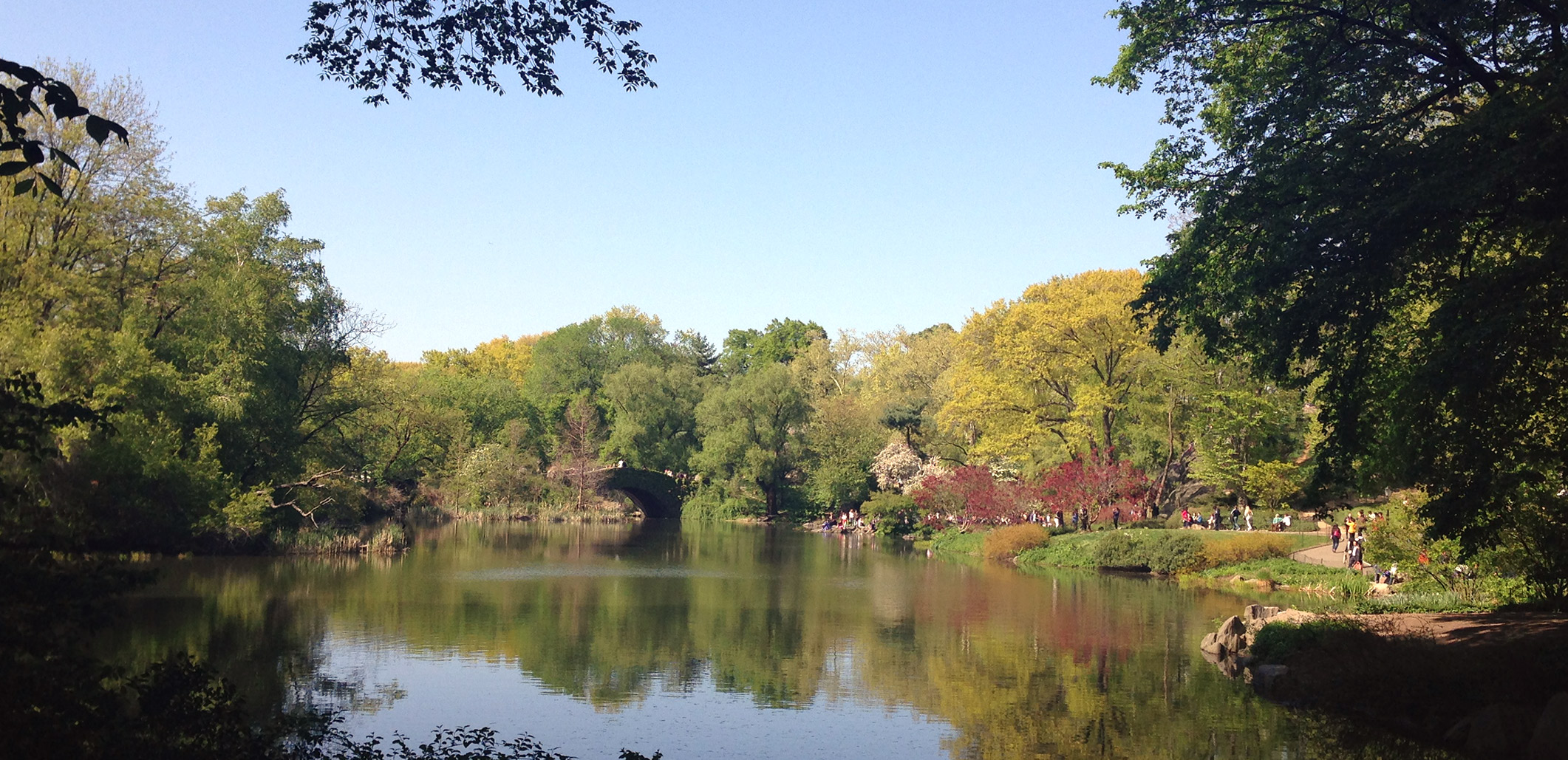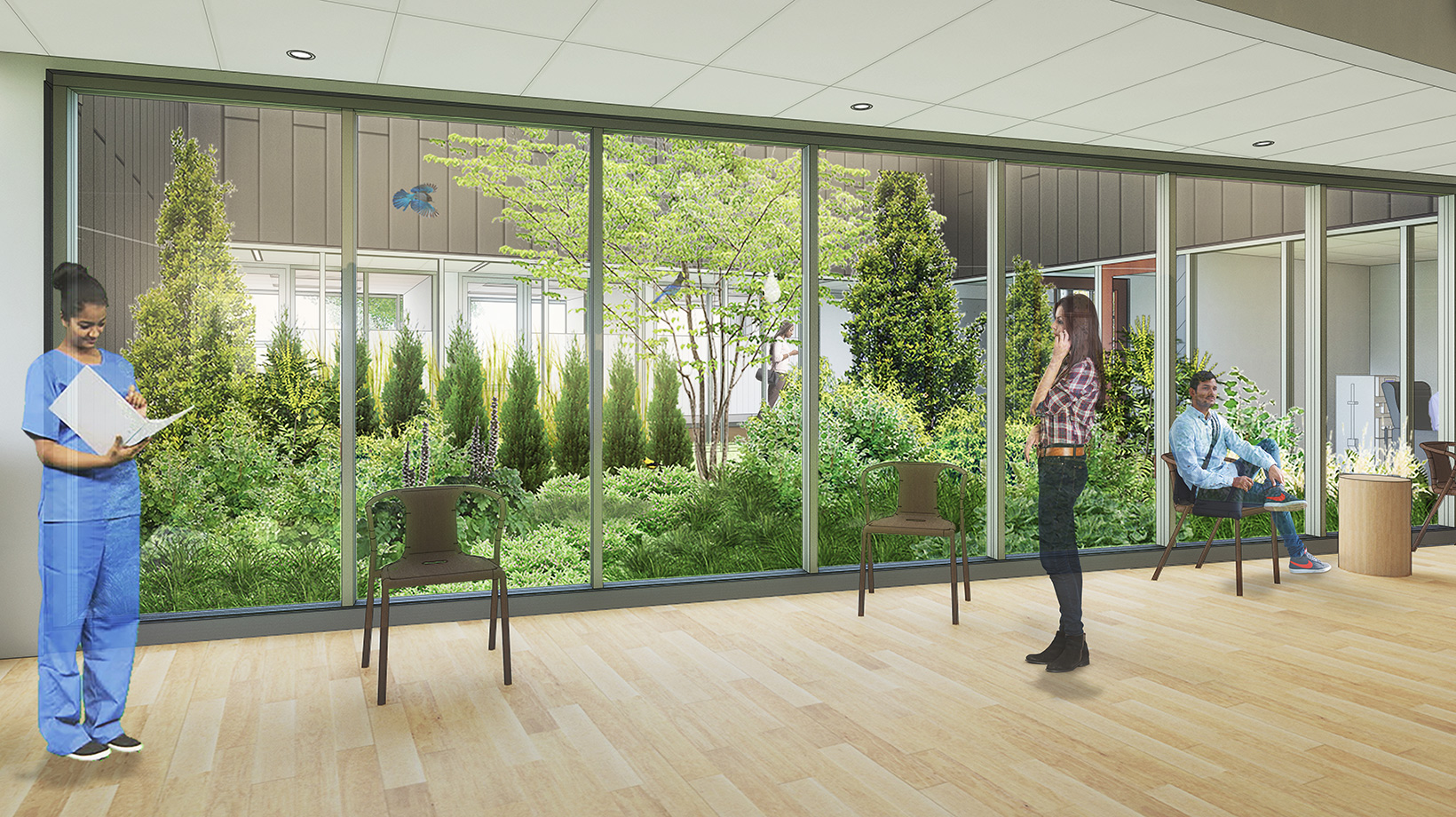by David Cole
Soothsaying is a tricky business, especially from the midst of a global crisis where new information emerges almost daily. Only with hindsight can our predictions be validated: Get it right and you’re a prophet, get it wrong and you’re a punch line. The COVID-19 crisis has already brought forth prognostications concerning the future of architecture and design. We’ve seen various hot takes proclaiming the end of cities, the end of suburbs, the end of the office, and the end of bars and restaurants as a result of the pandemic. To be sure, the pandemic has greatly disrupted our lives and will continue to do so for the foreseeable future, and we can’t overlook the pain caused by those disruptions, particularly the pain felt by the most vulnerable communities.
A healthy dose of skepticism is in order whenever somebody claims to divine what the future will bring. People have been drawn to cities and gatherings for thousands of years despite countless pandemics, and it’s unlikely that will change anytime soon. We’re social animals by nature, and there will always be a demand for places where we can come together to eat, drink, socialize, be entertained, and collaborate. That said, there will likely be changes. This isn’t humanity’s first rodeo when it comes to pandemics, and it’s worth taking a look to the past to see how society has adapted under similar circumstances.

Photo: New York City’s Central Park, by David Cole
In the mid-1800s, waves of cholera were sweeping major American cities. Frederic Law Olmstead, under the belief the disease was airborne, designed New York’s Central Park to be “the lungs of the city.” Although the modern understanding of cholera as a waterborne disease had emerged by the 1850s, the health benefits provided by access to nature have long been understood by architects and designers at an intuitive level, and a growing body of research has begun to provide quantitative data to back up our intuition. We could argue Olmsted was a leading proponent of biophilic design before the term had been coined.
With the 20th Century came pandemics of tuberculosis and influenza, most notably the Spanish Flu pandemic of 1918-1920. Compounded by the ravages of the First World War, this led to a new emphasis on cleanliness in design, exemplified by early modernists such as Le Corbusier, who prioritized bringing sunlight and ample air circulation into their buildings. Corbu’s concepts for urban housing – large high-rises with ample balconies set within a park-like landscape – greatly influenced the design of public housing for a generation. In retrospect we now recognize the serious shortcomings of this approach in terms of damage to neighborhoods and streetscapes, but on a smaller scale, many of the innovations from that era remain with us today: large windows, ample balconies, and interior surfaces that are easily cleaned. Nearly every home built from the 1920s through the 1950s made extensive use of tile throughout the kitchen and bath areas for easy cleaning.
Over time, though, as memories of pandemics faded from our collective consciousness and construction budgets became more austere, many of these features came to be seen as frivolous luxuries. Balconies in multifamily projects have largely been eliminated in favor of communal rooftop spaces. Tile surfaces have been reduced to a bare minimum or replaced altogether with cheaper resilient products. Stricter energy codes have reduced the amount of allowable glazing area, and our reliance on mechanical systems has all but eliminated operable windows in nonresidential buildings.

Rendering: Views to nature at Northwest Kidney Center’s Rainier Beach Clinic
What might the future of design hold in the post-COVID era? The aforementioned caveats about prognostication still apply, but it seems plausible that some of the innovations from a century ago will come back into vogue. Impervious, easily cleanable finishes have been mainstays of healthcare design since the days of sanitariums, and such strategies may again find their way into other building typologies. With our work for Northwest Kidney Centers, we’ve already been exploring the healing properties of nature and strengthening the connections between indoor and outdoor space; these concepts are likely to become more widely adopted. In the age of social distancing, expect to see more discussion about finding the balance between individual space and communal space. Although it’s unlikely that telecommuting will entirely replace the workplace – collaboration is still best accomplished in person, and we’re quickly discovering the limits of Zoom-based meetings – we can expect to see remote work become a major factor in office design.
Nobody can predict with certainty what the future will bring, but the COVID-19 crisis will undoubtedly change the way the built environment is designed. As architects and designers, we have the responsibility to shape that future in ways that protect the health, safety and welfare of our communities and the world at large. Going forward, that responsibility now includes re-learning the lessons from past pandemics.
